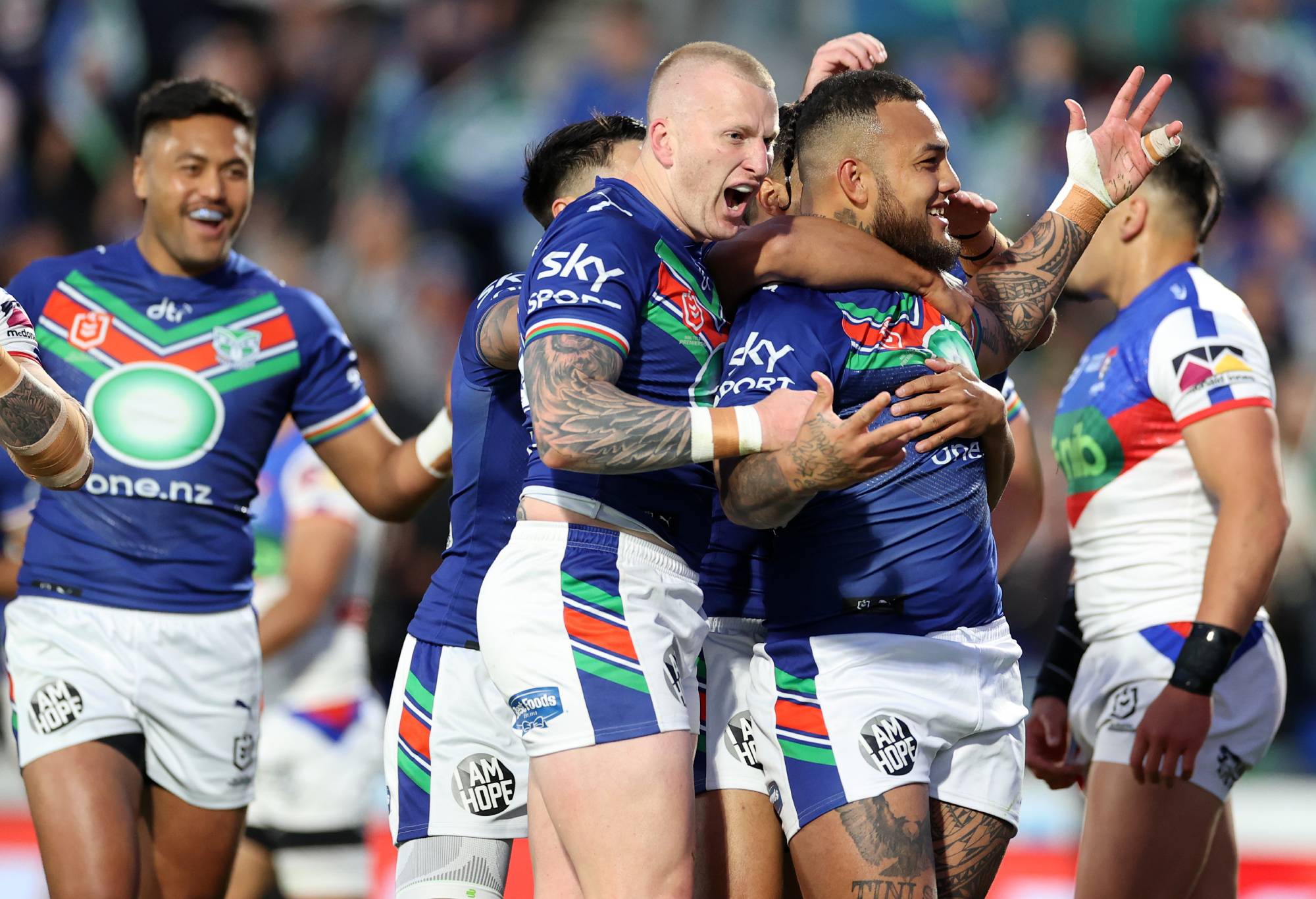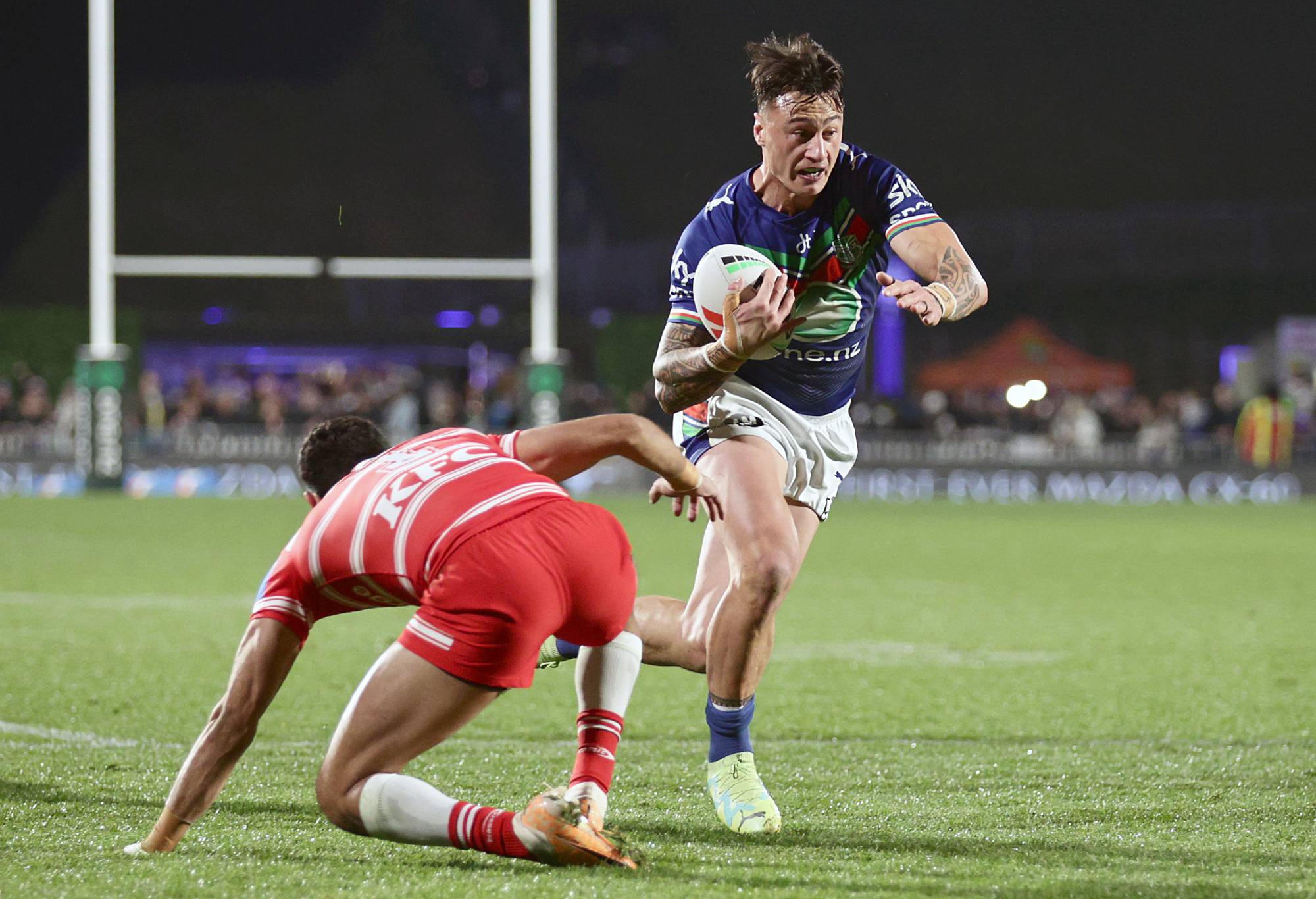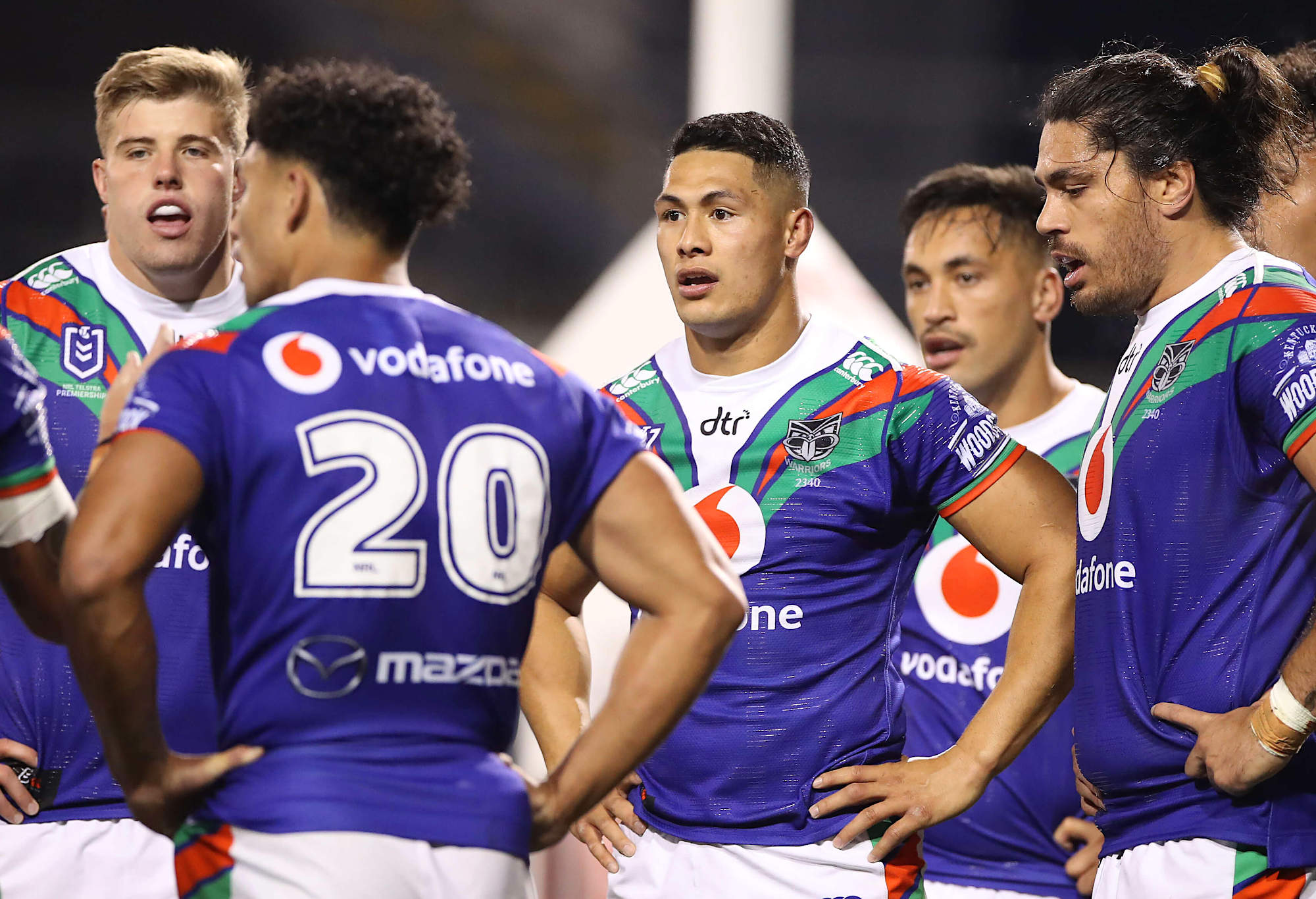Des breaks his duck after epic final stand sees Titans pull off Anzac boilover to stun Warriors in Auckland
Did it take three attempts? What about seven? What about thirteen? The Des Hasler era is up and running at the Gold Coast Titans…
Opinion
The idea that competition for places drives better performance is one of the greatest truisms in professional sport.
At this time of year, it’s a favourite line of NRL coaches who don’t want to say whether they have settled on who they think will take to the field in Round 1, just a month away.
Variants on ‘we’ll see who goes best in the trials’ and ‘the jersey is up for grabs’ are the coaching equivalents of blowing cobwebs off and training the house down, and perhaps we shouldn’t expect more at a time of year when there isn’t that much to talk about and nobody wants to give anything away.
In many cases, of course, the competition part is true.
The Bulldogs, as we detailed extensively, have half a team’s worth of places available for players to compete for, and a coach like Cameron Ciraldo will obviously base his decision on who ultimately gets them based on what he sees on the training paddock and in the Pre-Season Challenge.
However, most commonly accepted truisms have flaws. Another cliché would tell you that form is temporary and class is permanent, which flies in the face of picking based on current performance.
We regularly hear that all a player needs is a run of games or a settled place in the side to build confidence, and the data on this is pretty clear, with results increasing in correlation with how much a side plays together – even if they are losing in the here and now.

(Photo by Fiona Goodall/Getty Images)
A year ago, former Wallabies prop turned cohesion expert Ben Darwin told The Roar as much last year while previewing the Dolphins.
“Some teams last year finished the year with poor cohesion numbers, because they lose and make changes,” he said. “If teams don’t change they can improve cohesion and if they change too much they can actually go backwards.”
That might be something of note to Ciraldo’s former Panthers colleague Andrew Webster.
His Warriors side are nowhere near as unsettled as the Dogs and, indeed, one could name almost their whole Round 1 team now.
Last year, they and Cronulla were probably the most settled sides, with little deliberate chopping and changing at all.
Of the 30 players who featured for them last year, 15 did so in 75% of all games, meaning that, in general, only two spots were different week to week.
Aside from five eighth, where Te Maire Martin, Luke Metcalf and Dylan Walker all got runs because of injury, he knew exactly who was best in each position. Competition for places didn’t come into it.
Once Dallin Watene-Zelezniak and Rocco Berry returned from pre-season injuries, the 1-5 basically never changed.
Between Round 11, when Berry came in, and the Preliminary Final loss to the Broncos, there were 85 backline jumpers to be filled and the same five blokes filled them 95% of the time – and that includes Round 27, when Charnze Nicoll-Klokstad and Watene-Zelezniak were rested.
For the six starting pack roles, that’s 102 jumpers. They were filled by the same six blokes 90% of the time, which would have been yet higher but for a Marata Niukore suspension.

(Photo by Dave Rowland/Getty Images)
The Wahs almost always picked the same team across the whole year, which speaks to both the luck they had with injury and the confidence that Webster had to let his team lose together.
Remember, much as we think of them of having had a good year, it was very back-ended: they were 6-5 prior to their first bye, and were in eighth as late as Round 18.
The whole ‘Up the Wahs’ vibes train was more a reaction to their success in relation to expectations, which were on the floor before the season, and then a late surge.
As Darwin pointed out: would that surge have come if they had panicked midyear? They lost three straight between Anzac Day and Magic Round, but never blinked.
Plenty of that was because Webster didn’t have a choice. Now, going into 2024, that won’t be an issue.
The Warriors have Roger Tuivasa-Sheck coming in, a blue chip player who has won a Dally M player of the year in two positions – winger and fullback – as well as Chanel Harris-Tavita, who has shown he can play in either halves role, dummy half and as a bench utility.
Imagine a world where Nicoll-Klokstad doesn’t start the season well – how long will it take for a campaign to start to shift Roger to the back?
Coaches have to balance getting good depth options with keeping everyone happy, even those who are not playing.
The obvious answer is to respond to poor form by chopping and changing, but the evidence suggests that tinkering with the personnel is often not the best option.
What Webster will need to decide is whether he trusts his players based on where they are now or on what their ceiling is.
Tuivasa-Sheck, for example, has shown the world how good he can be time and again.
Webster will be looking to return him to those heights again, much like he did with Shaun Johnson last year.
Harris-Tavita, too, has hit the heights before when given time. When he left the NRL for a sabbatical, he had been a starting half for the Warriors for the best part of two years, which doesn’t happen if you can’t play.
Last year, the Warriors were able to play the way they did at the end of the year because of the hard work that Webster did in building a collaborative culture and then sticking to his guns when things didn’t always go his side’s way.

Roger Tuivasa-Sheck (Photo by Mark Kolbe/Getty Images)
As a coach, he has shown exceptional abilities in man management to turn around a playing group that seemed to be fraying at the edges the year before.
Much as we like to think of rugby league players as big hard blokes who respond to survival of the fittest, there are reams of evidence to suggest that they are anything but and that a significant portion of them respond to being given confidence that their mistakes will not be terminal.
Guys like CNK, who was punted to reserve grade at Canberra, and Johnson, who was seen as washed up when he left Cronulla, clearly responded to being told that the jersey was theirs.
Perhaps the most interesting part of the Warriors’ second season under Webster will be if he can maintain that atmosphere and culture when he has options to pick from.
The groundswell of public support last year, first through the Wahs and then topped off by the Kiwis’ victory in the Pacific Championship, will see unprecedented levels of patience from fans.
Expectation, yes, but also trust that Webby knows what he is doing. Fans will forgive, especially for guys like RTS and CHT, who are well-known and well-loved figures, or for any of the heroes of 2023.
If the Warriors have a 50% record again halfway through the year, the temptation might be there to roll the dice with the squad. Webster would do well to resist it.